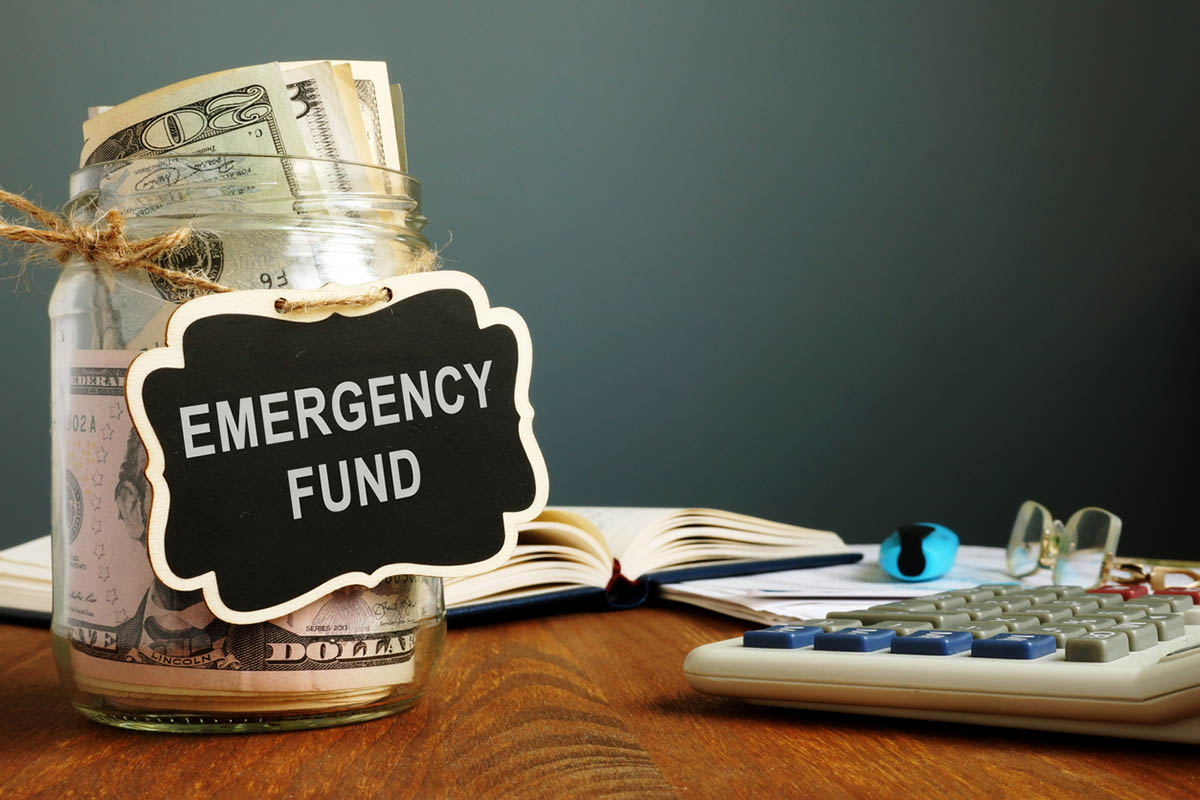
Lessons for Building an Emergency Fund
In the wake of the global pandemic, financial security and preparedness have never been more evident. While online options like My Canada PayDay offer convenient short-term loans to bridge financial gaps, the pandemic has underscored the need for individuals to have their own emergency funds. Let’s take a closer look at the importance of having a savings plan and some strategies for building your savings in case you have a financial emergency..
The Importance of an Emergency Fund
An emergency fund is essentially a financial safety net designed to cover unexpected expenses, such as medical emergencies, home or car repairs, or sudden job loss. The COVID-19 pandemic has highlighted just how quickly and unexpectedly our financial situations can change, leaving many people struggling to make ends meet.
Strategies for Building an Emergency Fund
Set a Goal
Set up a plan to save that amount each month based on the amount of money you need to have in your fund. Calculate how much you need to save to cover your essential expenses for at least three to six months. After you’ve set the goal, you can begin working toward it. Financial experts recommend having enough to cover three to six months’ worth of living expenses.
Make a Budget
Review your monthly income and expenses to see where to cut back and allocate more money to your emergency fund. Make sure to prioritize your savings over other expenses. Set up automatic payments or bank transfers to ensure the money goes into the account each month. Review your budget regularly to make sure you’re staying on track.
Start Small
If you’re unable to set aside a large sum of money right away, start small and gradually increase your contributions as your financial situation improves. It’s best to make regular small contributions that you can build off of over time. This helps create an achievable goal and ensures that you stay on track. Additionally, it prevents you from feeling overwhelmed by a large sum of money.
Open a Separate Account
Keep your emergency fund in a separate savings account to avoid spending it on non-crucial expenses. Monitor the account regularly to keep track of your balance and to ensure that it is growing. Set reminders to transfer money regularly from the checking account to the emergency fund account. Make sure to contribute regularly to the fund to keep it fully funded.
Automate Your Savings
Set up automatic transfers to your emergency fund to make saving easier and more consistent. This way, you can build up your savings in the background and your contributions become one of your normal expenses.. You can adjust the amount and frequency of the transfer to suit your budget. Additionally, it’s a great way to ensure that you’re staying on track to reach your goal.
The COVID-19 pandemic has reminded us of the importance of financial preparedness. By setting a goal, making a budget, starting small, opening a separate account, automating your savings, and considering other income sources, you can gradually build a safety net that will protect you and your family in the event of an unexpected financial challenge.
Photo: iStock








